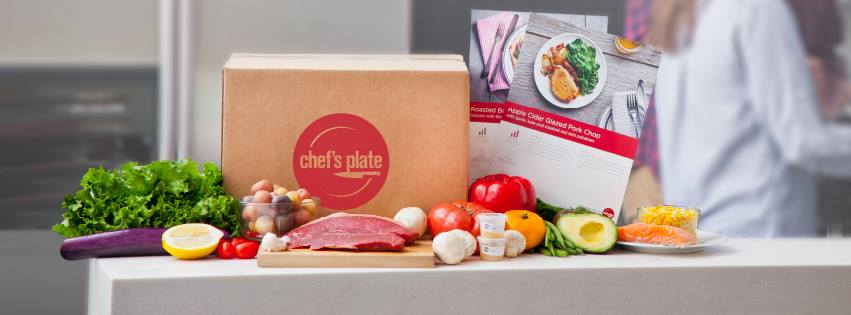
TORONTO—Experts say Canadians are spending less time cooking meals from scratch at home and are increasingly turning to the convenience of food delivery services, including the burgeoning meal-kit market.
Research by marketing analysis company NPD Group suggests 75 per cent of all meals are now typically prepared in 15 minutes or less as Canadians rely on more shortcuts in the kitchen.
That’s given rise to more varieties of frozen food, prepared meals and side dishes at grocery stores and companies that deliver food right to consumers’ doors.
Meal-kit companies say they help harried home cooks by delivering customizable pre-portioned fresh ingredients in insulated packaging along with step-by-step recipes, removing the need to plan meals or shop for groceries.
“The delivery market in Canada seems to be really growing quite dramatically and a lot of that is being driven by the technology, so people ordering through apps and websites and whatnot,” says Robert Carter, executive director of food service at NPD Group.
“Consumers equate fresh, not frozen, meals to being healthier and better for you, so I think meal kits are also speaking to that trend,” he adds.
The company is categorizing the trend as “digital-door spending,” including traditional delivery services for pizza and chicken, newer players such as Just Eat and UberEats that drop restaurant meals at customers’ doors, and meal-kit providers.
“Last year digital-door spending by consumers actually topped $1 billion in Canada, which is incredible,” says Carter, adding the trend is being driven by millennials, those in the 18- to 34-year-old age group.
“At the end of the day, convenience is the No. 1 driver of consumer behaviour as it relates to food,” adds Carter. “The easier you make it, consumers will respond…. Meal kits are also speaking to that convenience factor.”
Food marketing research company Technomic reported earlier this year that the global meal-kit market topped US$1 billion in 2015 and is projected to reach US$10 billion by 2020.
Canadian consumers have a range of meal-kit options to choose from. Chefs Plate launched in 2014 and says it’s now delivering more than 100,000 meals in Canada each month in Ontario, B.C., Alberta and Manitoba. Berlin-based HelloFresh, founded in 2011, moved into Canada last month and operates in eight other countries.
Home goods guru Martha Stewart is getting on the bandwagon, linking with existing kit company Marley Spoon. Other celebs are also lending their names to meal kits, including TV chef Jamie Oliver who appears in ads for HelloFresh, and cookbook author Mark Bittman who joined vegan meal-kit company Purple Carrot last year.
The kits are convenient but are generally more expensive than cooking at home, points out registered dietitian Andrea D’Ambrosio, who does nutrition counselling in her Dietetic Directions company. A one-meal serving can cost between $5 to $12, an expensive alternative for a family of five.
Though some consider kits a step up from takeout processed food, D’Ambrosio suggests taking a closer look.
“If you’re going to go for takeout versus coming home and assembling a meal kit you probably might be better going with your meal kit. But the nutritional value of the meal kit does vary in quite a range,” points out the Kitchener, Ont.-based spokeswoman for Dietitians of Canada, adding some have almost a day’s worth of saturated fat or half a day’s worth of sodium.
D’Ambrosio says research suggests home cooks “generally have healthier diets that are higher in fibre and vitamins and minerals” and are less likely to be obese, so “even if someone cooks one extra meal at home a week I think we would be making positive steps in the right direction.”
Is assembling a meal kit considered cooking?
“I would say that it is definitely a step in the right direction if it gets people who would not otherwise be in their kitchen and it gets them actually having some confidence with assembling and putting together a meal,” says D’Ambrosio.